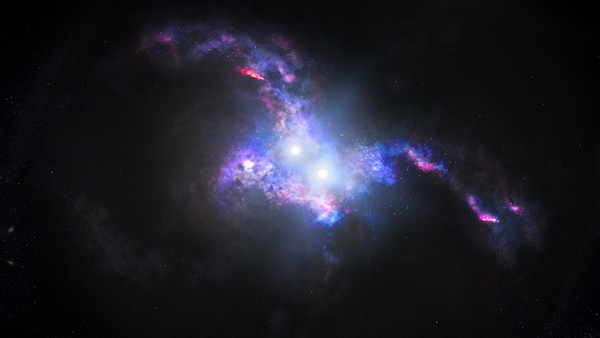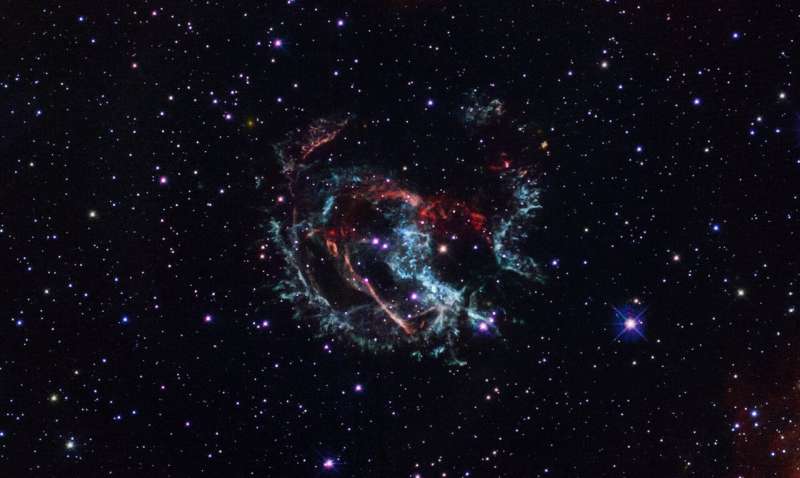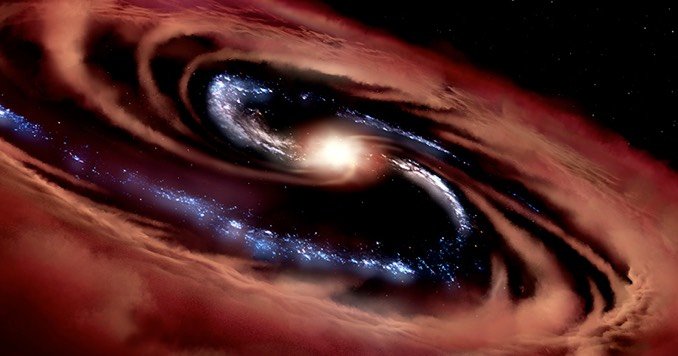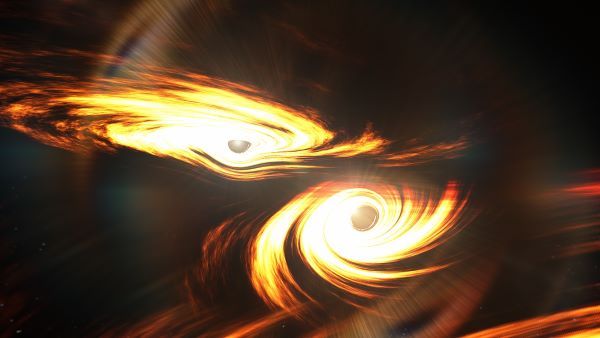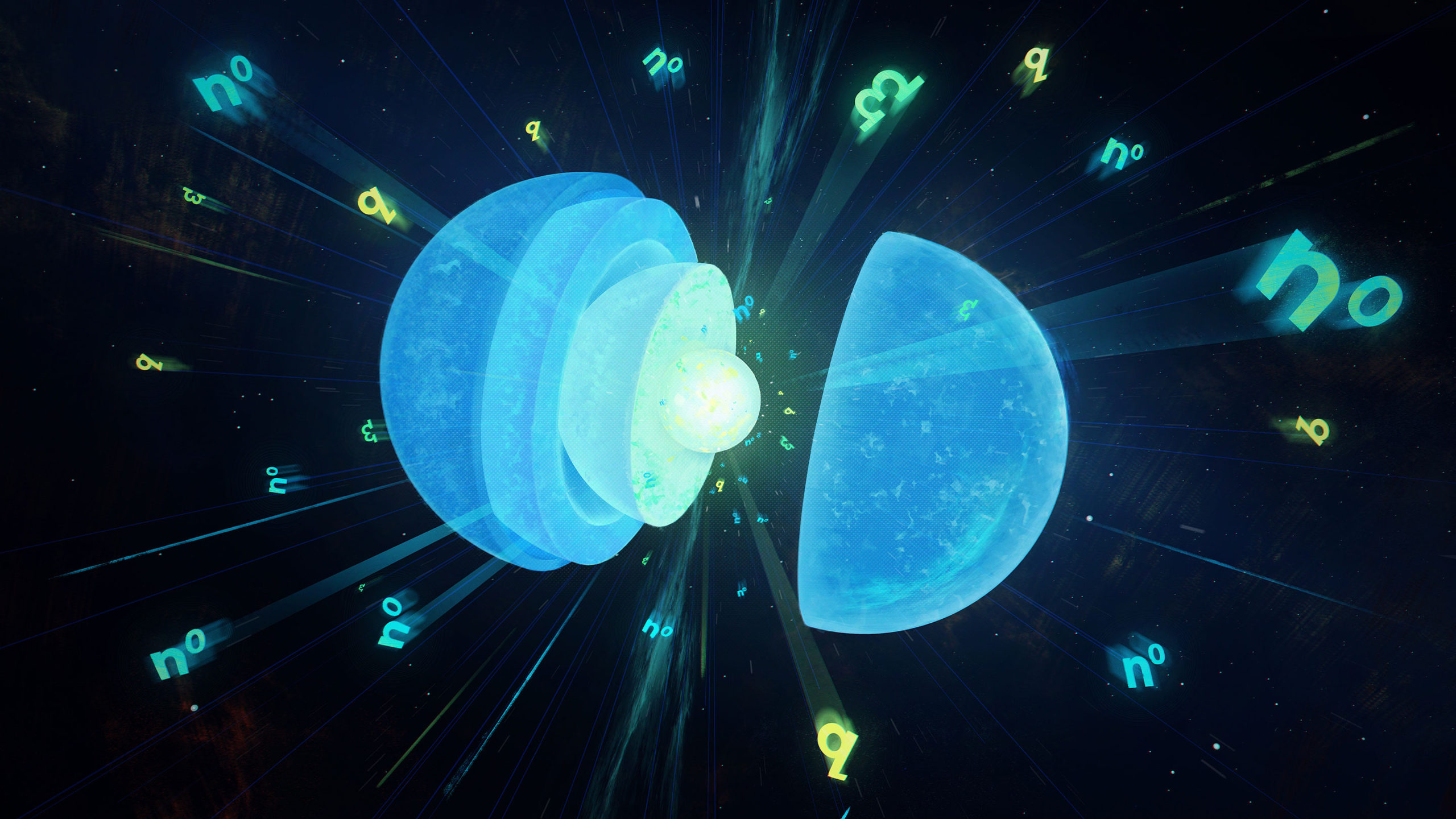Interesting Astronomy & Astrophysics news from the week of 4/25/2021
Next week’s night sky: The annual Eta Aquarid meteor shower is produced by particles of material left behind by repeated passages of Halley’s Comet. The shower, which runs from April 19 to May 28, will peak in intensity before dawn on Thursday, May 6. Aquarids meteors will appear to be travelling away from a radiant point in Aquarius. That spot will lie near the southeastern horizon, not far from Jupiter. The southerly radiant makes this shower better for observers at low latitudes. On the peak night, watch […]
Read more